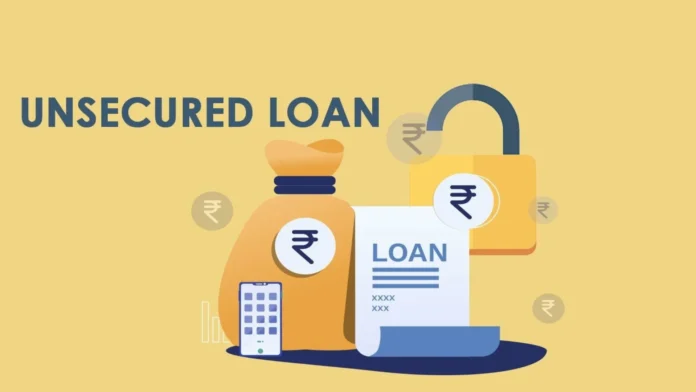While banks are pointing fingers at non-banking finance companies (NBFCs), particularly fintechs operating digital lending apps, for the surge in unsecured loans, they are not without their own share of responsibility. Banks themselves hold over Rs 93,240 crore of unsecured loans in special mention accounts (SMA), indicating signs of stress or overdue repayments.
- These SMA loans account for nearly 7% of banks’ total unsecured loan portfolio of Rs 13.32 lakh crore.
- Public sector banks (PSBs) have a higher SMA share of 9.9% for unsecured personal advances compared to private banks’ 4.0% for unsecured retail loans as of March 31, 2023.
- According to Care Ratings, banks collectively have 7% of their unsecured retail loans under SMA-0, 1, and 2 categories.
Similarly, the SMA share of secured retail advances also stands at 7% as of March 31, 2023.
What are SMA accounts?
Special Mention Accounts (SMAs) are a type of loan classification used by banks to identify loans that are showing early signs of stress or overdue repayment. These accounts are not yet considered non-performing assets (NPAs), but they are flagged as requiring closer monitoring and potential action to prevent them from turning into NPAs.
There are three levels of SMAs:
- SMA-0: Loans where principal or interest payments are overdue for not more than 30 days. These loans may still be performing well, but they are being monitored closely to ensure that they do not deteriorate.
- SMA-1: Loans where principal or interest payments are overdue between 31 and 60 days. These loans are considered to be in early stress, and there is a higher risk of them becoming NPAs.
- SMA-2: Loans where principal or interest payments are overdue between 61 and 90 days. These loans are considered to be in severe stress, and there is a high risk of them becoming NPAs.
Report
The growth of unsecured personal loans, including credit card receivables, consumer durable loans, and other personal loans, in banks has outpaced overall personal loan growth from March 2017 to March 2023. Unsecured personal loans now account for nearly one-third of banks’ total personal loan portfolio of Rs 40.9 lakh crore as of March 31, 2023, while NBFCs hold Rs 10.9 lakh crore in personal loans, according to Care Ratings.
A poll conducted by Care Ratings to assess the potential impact on various lender categories in the event of unsecured personal loans turning sour revealed that fintech NBFCs are the most susceptible, followed by private sector banks, public sector banks, and other NBFCs in decreasing order of potential impact. This highlights the need for a vigilant approach to risk management, especially for fintech NBFCs, to navigate the challenges associated with the unsecured personal loan segment.
Furthermore, banks have been increasingly lending to NBFCs. Loan exposure to NBFCs has increased from Rs 7.75 lakh crore in March 2021 to Rs 9.23 lakh crore by September 2022. The Centre for Advanced Financial Research and Learning (CAFRAL), established by the RBI, recently expressed concern over the rise in bank financing for NBFCs. “This raises concerns about systemic contagion and underscores the need for tighter preventive measures to mitigate potential systemic fallout,” CAFRAL, a non-profit organization, stated in its India Finance Report earlier this month.
“If NBFCs are being blamed for the rise in their stressed loan portfolio, banks which fund them are also responsible for it,” said a financial sector source.
Unsecured personal loans do not require any collateral from borrowers. Hundreds of legal and illegal digital lending apps are actively promoting unsecured loans.
On November 16, the RBI increased the risk weights on banks’ exposure to consumer credit, credit card receivables, and NBFCs by 25% to 150%. This move aims to discourage lenders from aggressively lending to these loan segments. The central bank increased the risk weights on credit card receivables by 25 percentage points to 150% and 125% for commercial banks and NBFCs, respectively. Credit card outstanding of banks had shot up by 29.9% year-on-year to Rs 2.17 lakh crore as of September 2023.
Several factors have contributed to the substantial increase in demand for unsecured personal loans, including demographic shifts, economic formalization, elevated purchasing power, the rise of fintechs, widespread internet/broadband access, adoption of digital payment systems, the influence of India stack and information collateral, and broader credit bureau coverage. The convergence of technology and finance has reshaped India’s lending landscape, making personal loans more accessible and convenient for a larger population segment, thereby driving the growth of the personal loan market, Care Ratings concluded.

